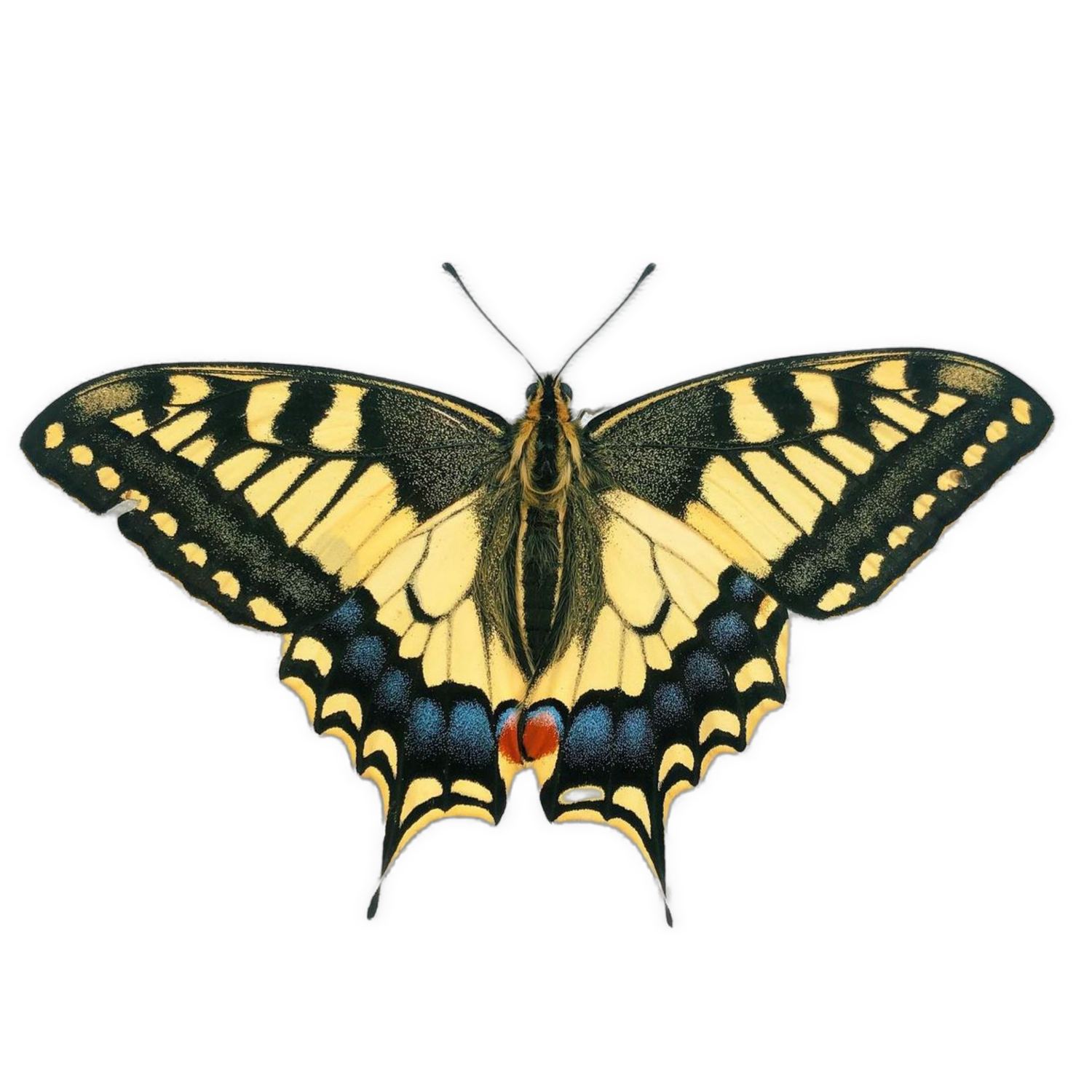Hyalophora gloveri EGGS
Hyalophora gloveri is known commonly as Glover’s Silkmoth. This is a large moth, native to much of western North America, from northern Mexico, through the USA into Canada. It was once quite common in butterfly houses, but in the last 15-20 years has become scarce in the hobby and eggs are available only occasionally. Thankfully, we have wild breeding stock - however only a handful of batches are on offer this season as most will be held for next season. There is only one brood per year, with the spectacular adults emerging in late spring/early summer, living for only around a week during which time they will mate and lay eggs. Breeding takes place easily if good air flow is provided, and moths are very easy to hatch from cocoons, however caterpillars are often difficult to raise. In my experience, the best results are always achieved rearing Hyalophora caterpillars outside in escape-proof net enclosures, ideally on living host plants but cut stems will suffice if kept fresh! Cocoons should be stored cold for at least three months to break dormancy, then brought into room temperature to induce emergence at a time of your convenience.
Difficulty - Cocoons easy (1/10); caterpillars challenging (7/10)
Host plants - Birch; Cherry; Willow; Ceanothus; Plum; Alder; Larch; Sweet Gum
Conditions - Room temperature or outdoors in airy conditions
Lifecycle - Single brood with cocoons overwintering
Hyalophora gloveri is known commonly as Glover’s Silkmoth. This is a large moth, native to much of western North America, from northern Mexico, through the USA into Canada. It was once quite common in butterfly houses, but in the last 15-20 years has become scarce in the hobby and eggs are available only occasionally. Thankfully, we have wild breeding stock - however only a handful of batches are on offer this season as most will be held for next season. There is only one brood per year, with the spectacular adults emerging in late spring/early summer, living for only around a week during which time they will mate and lay eggs. Breeding takes place easily if good air flow is provided, and moths are very easy to hatch from cocoons, however caterpillars are often difficult to raise. In my experience, the best results are always achieved rearing Hyalophora caterpillars outside in escape-proof net enclosures, ideally on living host plants but cut stems will suffice if kept fresh! Cocoons should be stored cold for at least three months to break dormancy, then brought into room temperature to induce emergence at a time of your convenience.
Difficulty - Cocoons easy (1/10); caterpillars challenging (7/10)
Host plants - Birch; Cherry; Willow; Ceanothus; Plum; Alder; Larch; Sweet Gum
Conditions - Room temperature or outdoors in airy conditions
Lifecycle - Single brood with cocoons overwintering
Hyalophora gloveri is known commonly as Glover’s Silkmoth. This is a large moth, native to much of western North America, from northern Mexico, through the USA into Canada. It was once quite common in butterfly houses, but in the last 15-20 years has become scarce in the hobby and eggs are available only occasionally. Thankfully, we have wild breeding stock - however only a handful of batches are on offer this season as most will be held for next season. There is only one brood per year, with the spectacular adults emerging in late spring/early summer, living for only around a week during which time they will mate and lay eggs. Breeding takes place easily if good air flow is provided, and moths are very easy to hatch from cocoons, however caterpillars are often difficult to raise. In my experience, the best results are always achieved rearing Hyalophora caterpillars outside in escape-proof net enclosures, ideally on living host plants but cut stems will suffice if kept fresh! Cocoons should be stored cold for at least three months to break dormancy, then brought into room temperature to induce emergence at a time of your convenience.
Difficulty - Cocoons easy (1/10); caterpillars challenging (7/10)
Host plants - Birch; Cherry; Willow; Ceanothus; Plum; Alder; Larch; Sweet Gum
Conditions - Room temperature or outdoors in airy conditions
Lifecycle - Single brood with cocoons overwintering


